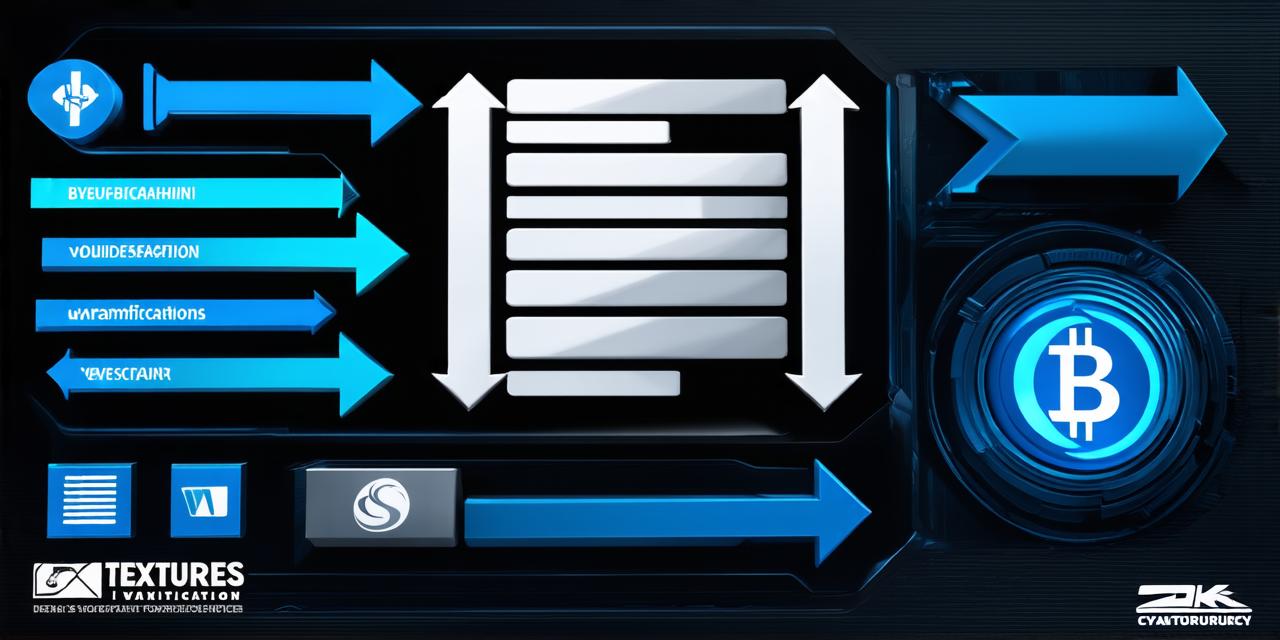Blockchain technology is changing the way we think about data storage and management. This decentralized, distributed database system is secure, transparent, and resistant to tampering.
As a blockchain developer, you are responsible for ensuring that your network’s transactions are confirmed correctly. In this article, we will walk you through the steps of checking confirmations on blockchain, including tips and best practices to keep in mind as you work with this cutting-edge technology.
What Are Confirmations?
In the context of blockchain, a confirmation is a way of validating that a transaction has been added to the distributed ledger. When someone sends money from one account to another, that transaction needs to be verified by multiple nodes on the network before it can be considered complete. Confirmations are the way these nodes communicate with each other and confirm that the transaction is valid.
Why Are Confirmations Important?
Confirmations are important because they ensure that transactions are processed correctly and that no one can cheat the system by creating false transactions or double-spending coins. Without confirmations, transactions could be lost, delayed, or rejected, leading to confusion and potentially damaging the integrity of the network.

How to Check Confirmations on Blockchain
There are several ways to check confirmations on blockchain, depending on the type of blockchain you are working with and the tools you have available. Here are some common methods:
-
Using a Block Explorer
-
Using a Wallet
-
Using a Node
A block explorer is a website that allows you to view information about transactions on a specific blockchain network. For example, if you are working with Bitcoin, you can use a website like Blockchair or Block explorer to check the status of your transactions.
To use a block explorer, simply enter the transaction ID into the search bar and hit enter. This will display all of the details about that transaction, including the sender and receiver addresses, the amount sent, and the timestamp. You can also view the confirmation count for each transaction by clicking on the “Confirmations” tab.
If you are working with a cryptocurrency like Bitcoin or Ethereum, you can use a wallet to check the status of your transactions. A wallet is a software application that allows you to store and manage your cryptocurrenies. There are many different types of wallets available, but most of them have the ability to view transaction confirmations.
To check confirmations using a wallet, open the app on your computer or mobile device and navigate to the “Transactions” tab. From there, you can search for specific transactions by their ID or filter the results based on other criteria like date range or sender/receiver addresses. You can also view the confirmation count for each transaction from within the wallet.
If you have your own blockchain node (i.e., a computer that is connected to the network), you can check confirmations directly on your local machine. To do this, you will need to run a command-line tool like Bitcoin-cli or Ethereum CLI.
Once the tool is installed and running, you can use it to search for specific transactions by their ID. The output will include information about each transaction, including the confirmation count. You can also view a list of all confirmations on your node by running a different command.
